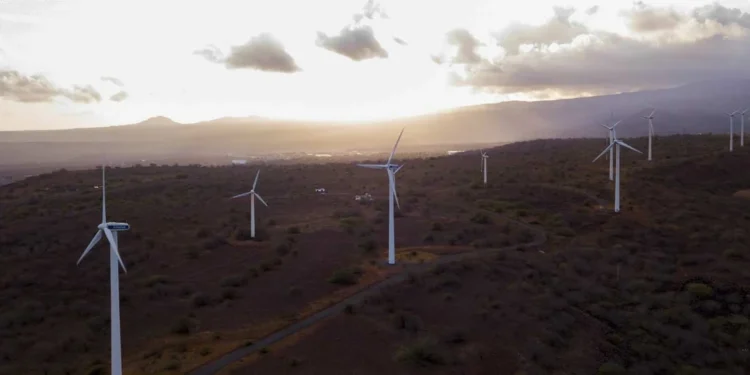Cape Verde is moving toward a cleaner energy future by expanding its wind capacity by 13.5 megawatts and adding 26 megawatt-hours of grid-connected battery storage. This initiative, which will generate more than 60 gigawatt-hours of renewable energy annually, will reduce carbon dioxide emissions by approximately 50,000 tons each year and support the country’s goal of sourcing 50% of its electricity from renewables by 2030.
The second phase of the Cabeólica project — a pioneer in integrating renewable energy and storage at scale in Cape Verde — aims to replace costly fossil fuel-based thermal generation while strengthening the security and stability of the national power system.
India leads a technical response following the Boeing 787 crash
This expansion covers five facilities across four islands, combining new wind capacity on Santiago with battery storage systems on Santiago, Sal, Boa Vista, and São Vicente. The storage will help manage intermittent wind energy more efficiently, providing ancillary services such as frequency and voltage regulation that improve grid reliability and reduce losses.
The project is supported by a 20-year power purchase and storage services agreement with the national utility Electra S.A., featuring tariffs significantly below the national average generation cost. Owned by Africa Finance Corporation, A.P. Moller Capital, and Cape Verdean public entities, Cabeólica solidifies its position as the first public-private renewable energy partnership at commercial scale in Sub-Saharan Africa.
With this expansion, Cape Verde reaffirms its commitment to energy sustainability and meeting its climate goals under the Paris Agreement, setting a replicable model for other small island economies and African countries transitioning to clean energy. The project benefits from strategic financial support, ensuring its long-term economic viability and successful execution.









